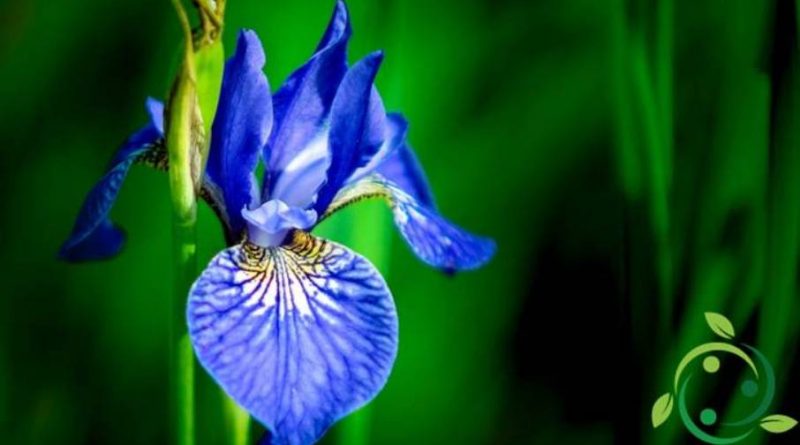How to grow the Iris
How to grow the Iris
The genus Iris includes about three hundred species of plants belonging to the Iridaceae family, whose flower is also known by the name of iris. It is a plant widely cultivated in many parts of the world, not only for the aesthetic value of the flowers of the plant but also for the therapeutic properties of the plant: it is also known for its emollient, diuretic and expectorant properties. In this sheet we will see how to grow the Iris and the most important news and techniques. In floriculture the irises are roughly divided into two groups: Bulbous iris; to which the Xiphium Group belong: (I. xiphium = I. hispanica), the Reticulata Group: (genus Iridodictyum) and the Junos Group: (genus Juno) and Iris rhizomatous (genus Iris), with Iris non barbati ( Subgenre Limniris and Subgenus Xyridion), Crested iris (Subgenus Crossiris) and Iris barbati (Sottogenere Iris).
In turn, the irises are divided into rhizomatous and bulbous ones. Iris rhizomatous plants are more suitable for growing in cool and humid areas while bulbous irises are more suitable for areas with winter frost. Then there are irises are fragrant and others with an imperceptible smell. For the cultivation, remember that the bulbous iris are planted in the period of October while the rhizomatous should be planted between July and September. Bulbose and rhizomatous, can be multiplied and rearranged in summer which is the best time for multiplication. In this period, rhizomes and bulbs can be multiplied by the division method; it is sufficient to extract the bulbs or rhizomes from the ground with a small fork-shaped hoe, to make the delicate cleaning, taking care not to break the roots. As for the rhizomes, these should be cut with sharp knives for gardening in portions about 10 cm long each, making sure that there is at least one shoot on each portion. At this point each portion must be planted in the ground, giving a slightly inclined position so as to leave the shoot out of the ground. This operation can be irrigated with a light but abundant rain jet, in order to compact the soil moderately. If you choose to grow in pot it is better to prefer a bulbous species. In fact, when growing at home, the cultivation of bulbous irises is more practical and less problematic. It is important to place the bulbs in fairly large pots at a depth of 8 – 10 cm. For the cultivation of bulbous plants it is the spring or the second half of October. For best results, the iris needs exposure in full sun or only partially protected from light. Much care must be taken in preparing the soil; this should consist of a mixture of compost, peat and organic fertilizer of excellent quality. As for winter temperatures (even for those grown in pots) remember that iris bulbs, in general, withstand cold but on condition that they are in friable, porous and well drained soil. For potted irises, these should be placed in an undisturbed position. If you want to get an early flowering just bring the pots in the house, in a fairly bright area and in a room warm enough. In these conditions, the warmth of the domestic environment will help to make the irises bloom early. Among the plant diseases of iris we must be very careful to the radical rottenness due to some fungi that are manifested with black or yellow maculature, or even from typical small orange spots of rust, covered by a powdery substance. To avoid such manifestations it is advisable to check that the cultivation substratum is remarkably permeable, ventilated and draining.

